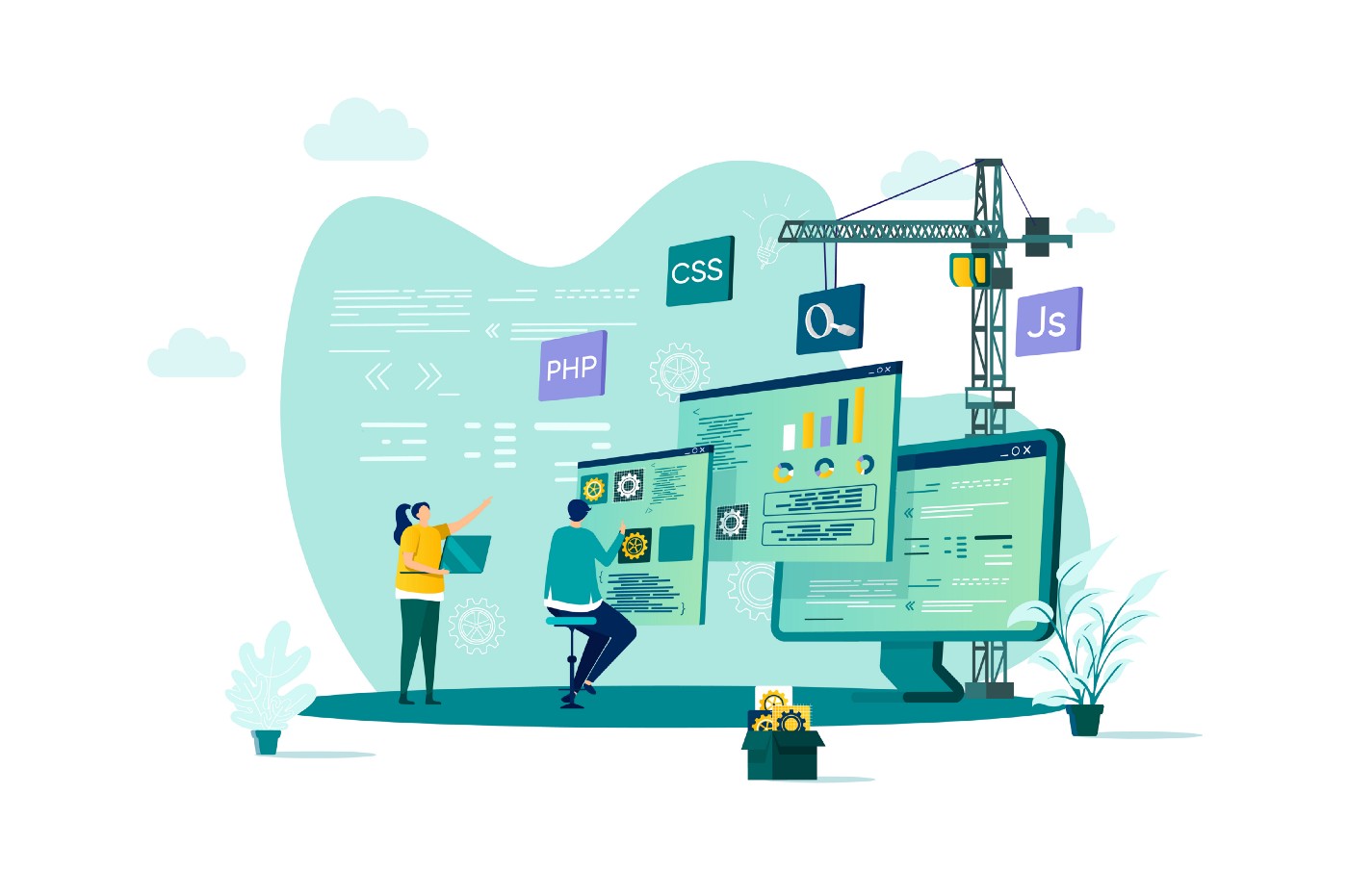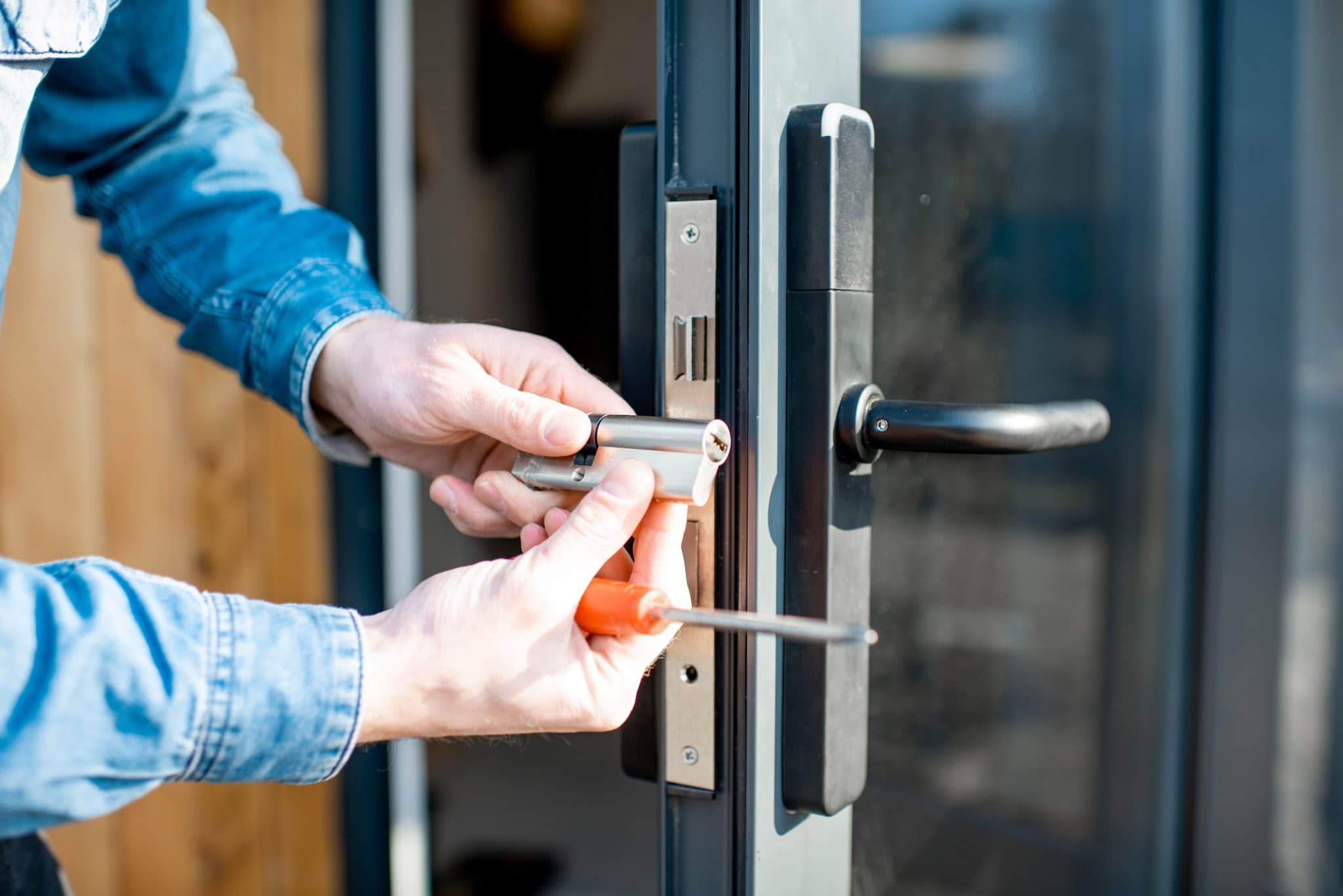Table of Contents
When the pandemic closed schools and colleges everywhere, my 19-year old daughter was one of the estimated 77 million students in America suddenly thrust into a new world of online classes. As she finished up freshman year at home, she went from walking several miles around a university campus each day, to spending hours sitting on a hard wooden bench at a small, repurposed dining table we set up in her room.
The pain started a few weeks into it.
A daily runner and champion high school cross-country athlete, she complained her lower back hurt when she walked, laughed, or moved wrong in her sleep. A virtual doctor’s appointment, then both virtual and in-person physical therapy visits showed a herniated disc – most likely caused by her new school-from-home workstation.
New pandemic: school-from-home injuries
“It’s not a surprise at all,” Dr. Jared Vagy, physical therapist, author, and USC Clinical Assistant Professor told me over the phone. “Definitely low back pain and neck pain are two of the most common sustained posture injuries from non-ergonomic sitting,” he said.
According to a Facebook survey earlier this year from the American Chiropractic Association, 92% of chiropractors said patients are reporting more neck, back, or other musculoskeletal issues since the pandemic began. Kids are no exception. If anything, Vagy says students could be even more at risk, since they often do their school work from bed or the floor, slumped over screens for hours at a time.
“Spine hunched and shoulders rounded, that’s the classic middle-school and teenager posture while sitting,” Vagy explained. “This is where parents need to step in and use one of the many accessible solutions to protect kids’ overall health,” he said.
Dr. Vagy said the fix can be as simple as setting a timer to have kids stand up and move around every 30-minutes, or set up a telehealth visit with a physical therapist who can analyze a students’ work-from-home set-up and make real-time recommendations. “Usually it’s a single-session solution and the fixes might not cost anything,” he added.
The good news is, making simple ergonomic changes part of your back-to-school-at-home plan isn’t difficult and, as Vagy said, it doesn’t have to be expensive either. Here’s how we created a pain-free workstation for my daughter, and how you can do it for your kids, too:

Back-to-school shopping 2020: 5 tips to get ready whether at home or in the classroom
An upside to COVID:: Can technology make kids more self-sufficient?
The screen
Let’s start with the screen because it affects all the other elements. Is it a laptop? Desktop? Tablet? The rule for all of them is similar, but the tools you use to achieve that rule varies.
“The top of the monitor should be at about the height of the eyes,” said Michelle Despres, a physical therapist and ergonomics expert who developed a back-to-school toolkit for health care network management company One Call.

I’ve used everything from a stack of books to shoe boxes to elevate my laptop in year’s past, but now I’ve graduated to the $33 Soundance aluminum laptop stand that I found on Amazon. Both my husband and daughter now use these too, though my daughter also really likes the Uncaged Ergonomics WorkEZ ($40) lap desk tray for whenever she’s not sitting at a desk. Other parents I spoke with for this story also recommend a flexible arm that adjusts as your child grows or moves, like one Fleximount’s $70 version. There are plenty of these that hold monitors and tablets, too.
Experts also recommend buying an external keyboard and mouse – especially if kids are working on a laptop or tablet. You can get basic ones for about $20, to avoid wrist, hand, and neck injuries. “Laptops are probably the worst thing to work on for a sustained time period” without ergonomic fixes, Despres said. “They’re meant to be mobile and easily moved from one place to the other, not sitting at for hours at a time.”
Despres says these first simple fixes will likely work wonders, especially for neck pain and headaches, but read on for more fixes for mid and lower back pain.
Online learning: How to create an at-home workspace
Considering pod learning? Here’s everything you need to know

Posture
Once you get the monitor at eye level, you’ll likely see your child’s entire posture change, which is a good thing. That typical kid/teenager slouchy posture – often called “the turtle” (hunched over, leaning on the forearms) – is dangerous.
My daughter’s physical therapist recommends a YouTube video by Cornell University ergonomics professor Dr. Alan Hedge that better explains good posture when you’re working at a computer. Hedge is one of the foremost researchers into ergonomics in the world, and he shows that when you raise the screen up, you tend to stop leaning forward. He says that’s a better position to allow blood to flow in the legs, and alleviates pressure on the forearms.
But we aren’t done yet.
Don’t spare the chair
You might have a table or desk around and you can probably improvise a lot of the fixes you’ll need for that. But the chair is important. “If your budget is limited so that you can buy only a desk or only a chair, buy the chair,” says Despres. “And buy one that that you can adjust.” Despres says parents should look for a chair where you can modify the height, seat back, seat, angle, and armrests.
Vagy goes a step further and says kneeling chairs or ergonomic desk/chair combinations like the Edge Desk ($400) can also work wonders. “A kneeling desk does take a little more effort,” Vagy explains. “You have to engage your abdominal muscles and your core. No matter what, you should still stand up every 30-minutes, change your position, maybe do some stretches, and move around” he adds. He also recommends setting up the desk for the right height for your children and adjusting it as they grow.
The desk
The trend in workplaces is toward desks that allow you to sit and stand. And this is a great idea for kids, too. “Sitting all day is not great. Anything static is not great,” says Despres. “So if you can get a sit/stand combination desk, that’s wonderful.”
There are plenty of options at Wayfair, Amazon, Ikea, and Target in the under $300 range.
There are also specific ergonomic desk and chair combinations made just for children, too, but one of the only I could find still in stock is right now is the Potby height adjustable desk and chair for kids ages 3-10 ($127).
A footrest can also be a good idea so that when your kid leans back into that perfect, comfortable typing posture they can maintain all day, they can put their feet up, too, and take the pressure off the lower back. Then, try to get them not to stay in any one position all day.
Your setup: 16 products teachers suggest for distance learning success
Movement
One of the biggest things missing from a virtual classroom, though, is movement. So even if you’ve now reached perfect ergonomic everything, don’t forget Vagy’s ultimate advice to get kids moving every 30 minutes.
You can set a timer, make rules, turn it into a game, or create routines that encourage getting up and moving often. However you do it, make sure that taking a break is part of your ergonomic lesson plan. A sit/stand desk can help build movement right into schoolwork, but getting up and going outside or doing jumping jacks – works, too. Bonus parenting points if you do it with them.
Jennifer Jolly is an Emmy Award-winning consumer tech columnist and host of USA TODAY’s digital video show TECHNOW. Email her at [email protected]. Follow her on Twitter: @JenniferJolly.
This article originally appeared on USA TODAY: School at home may be a pain. Setting ergonomic student workstations





More Stories
What are the roles of civil engineers in construction projects?
A Developer’s Dream: Achieving Full Stack Mastery with Logicmojo
Top 5 Benefits of Working with a Professional Locksmith